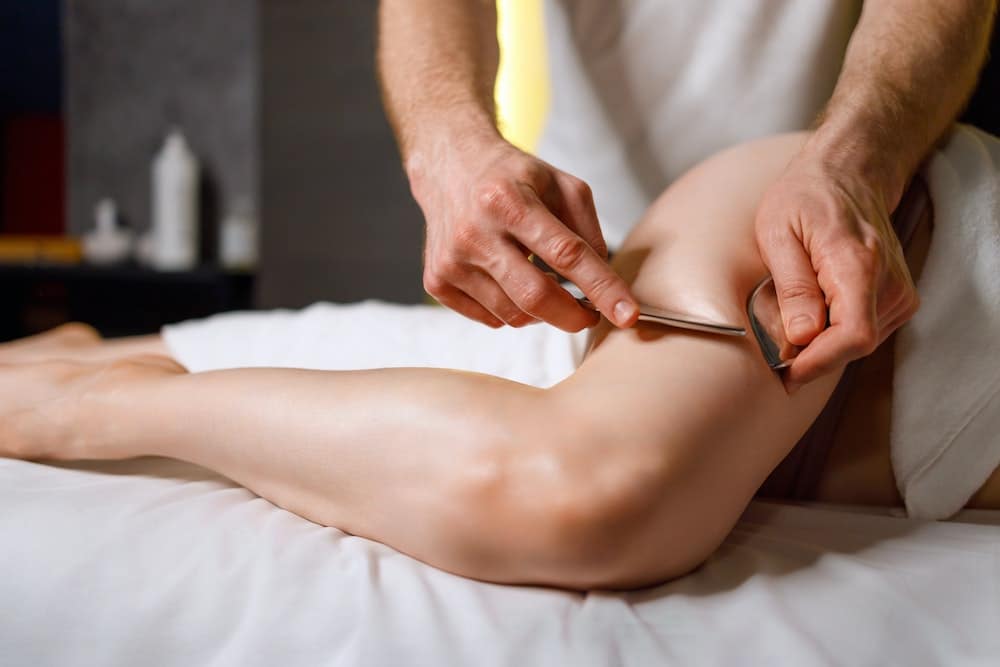How to Effectively Use Foam Rollers for Myofascial Release in Athletes?

In the world of sports performance and recovery, a tool that has gained significant attention is the foam roller. Used for self-myofascial release (SMR), foam rollers can help athletes enhance their muscle performance and reduce pain. This article will guide you through the science behind foam rolling, its benefits, and the most effective methods to use this tool based on scholarly research and studies.
Understanding Foam Rolling and Myofascial Release
Before we delve into the specifics of foam rolling techniques, it’s critical to understand the concept of myofascial release and the role of a foam roller in this process. Myofascial release is a technique commonly used in physiotherapy to ease tension in the myofascial tissue — a thin, fibrous layer of connective tissue that covers and supports all muscles and bones in our body.
Also to discover : What Are the Effects of Low-Level Laser Therapy in Treating Tendinitis Among Athletes?
Stiffness, inflammation, or injury in this tissue can lead to discomfort, reduced athletic performance, and even pain. That’s where foam rolling, a form of self-myofascial release, steps in. It uses your body weight and a cylindrical foam roller to apply pressure on specific points on your body, helping to release tension, enhance blood circulation, and promote mobility.
The Science Behind Foam Rolling: Scholarly Research and Studies
Several studies listed on Google Scholar and PubMed have explored the benefits and effectiveness of foam rolling as a myofascial release intervention. Let’s examine some of these findings to understand why foam rolling has become such an essential part of many athletes’ recovery and performance strategies.
Also to discover : Can Phage Therapy Offer a Solution to Antibiotic-Resistant Bacterial Infections?
In a study published on PubMed, foam rolling showed positive effects in reducing muscle pain after exercise and improving recovery. Researchers concluded that foam rolling might be an effective strategy to reduce muscle fatigue and enhance recovery post-exercise.
Another study on Google Scholar indicated that foam rolling could improve range of motion without affecting muscle strength. This is especially important for athletes who need to maintain optimal muscle performance while ensuring their muscles remain supple and flexible.
Practical Guidelines for Foam Rolling for Myofascial Release
Now that we’ve explored the theory and science behind foam rolling let’s look at how you can incorporate this into your own training and recovery regimen. Here are some practical tips to ensure you gain maximum benefits from foam rolling.
Firstly, position the foam roller under the muscle group you want to release. Apply moderate pressure and roll slowly back and forth over the area for 20 to 30 seconds. Pay attention to any tight or uncomfortable spots – these are areas of tension that need extra work.
Remember, the goal is not to cause pain but to alleviate it. So, if you feel sharp or intense pain, ease off the pressure. Over time, as your muscles adapt and release, you’ll be able to apply more pressure without discomfort.
The Impact of Foam Rolling on Athletic Performance
Foam rolling is not just for recovery; it can also enhance athletic performance. A study on PubMed indicates that foam rolling before an exercise can improve performance by increasing range of motion and flexibility. By reducing muscle stiffness, foam rolling allows athletes to perform movements with more efficiency and less risk of injury.
Additionally, the myofascial release from foam rolling can lead to better muscle activation. When your muscles are free from tension and stiffness, they can contract more efficiently, enabling you to generate more force and power during your performance.
In conclusion, foam rolling is a valuable tool for both athletic performance and recovery. Regular use of foam rolling techniques can lead to notable improvements in muscle strength, flexibility, and pain reduction. However, like any other technique, it’s essential to use foam rollers properly to avoid injury and maximize their potential benefits.
Integrating Foam Rolling into Your Routine
To effectively use foam rolling techniques in your training routine, it is important to consider your goals, training schedule and any specific muscle soreness or stiffness. Practical application of foam rolling is vital to reaping its benefits. Start by incorporating foam rolling into your pre-exercise warm-up routine.
The primary goal during this time should be on improving range of motion and preparing your muscles for the task ahead. Spend about 10-15 minutes on foam rolling before moving on to dynamic movements. Focus on each major muscle group, rolling slowly and paying close attention to any areas that feel tight or stiff.
Foam rolling can also be beneficial post-exercise. Here, the main objective is recovery and reduction of muscle soreness. Again, it is essential to focus on the muscle groups that were most heavily used during your workout.
Remember, the foam roller is a tool; its effectiveness depends on how you use it. Consistency and proper technique are key. Avoid rushing through the process; instead, take time to slowly roll over each muscle group, pausing on tender spots. As mentioned earlier, the goal isn’t to cause pain but to alleviate it. If you encounter a particularly tight spot, try to relax and breathe deeply as you roll over it.
Several scholarly research articles on PubMed and Google Scholar recommend using a foam roller daily for best results. Consistency will help improve your overall muscle health and athletic performance.
Conclusion: The Power of Foam Rolling
To sum things up, foam rolling is a powerful tool in the toolbox of any athlete. It aids in myofascial release, increasing blood flow, reducing muscle soreness, and improving range of motion. The benefits of foam rolling go beyond mere pain reduction and extend into enhancing athletic performance. Foam rolling can lead to better muscle activation, enabling athletes to perform at their best.
However, like any tool or technique, it’s crucial to use it correctly to derive maximum benefit. The key is consistency and attention to detail – roll slowly, pay attention to sore spots, and don’t rush the process. The cumulative benefits of regular foam rolling can be game-changing for any athlete, making it an integral part of a well-rounded training and recovery routine.
It’s also important to note that while foam rolling is a fantastic tool for promoting muscle health and performance, it is not a cure-all solution. It should be used in conjunction with other recovery strategies, like proper nutrition, rest, and static stretching.
In conclusion, the potential benefits of integrating foam rolling into your routine are vast. From reduced muscle soreness to enhanced performance, foam rolling is a practice well worth considering. As the research on Google Scholar and PubMed suggest, with proper use, foam rollers can be an athlete’s ally in the ongoing quest for peak performance and optimal recovery.
